The Hyundai Ioniq 5 and the Volkswagen ID.4 perfectly show how fast the developments are going with electric cars. The battery technology guarantees a large range, the charging system guarantees a short waiting time at the fast charging station. But what is good now may just be outdated in six months …
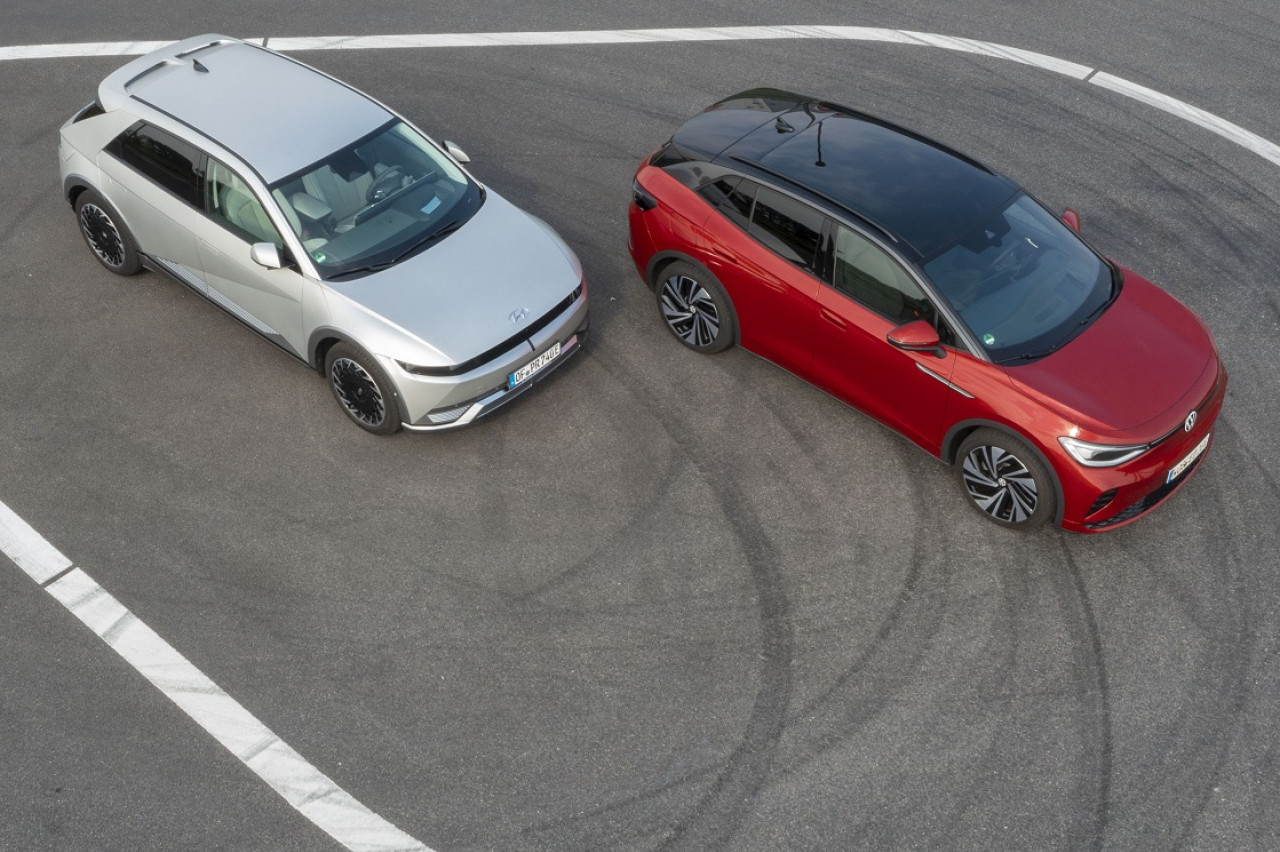
For many people, the electric car is still an unknown and ‘exciting’ phenomenon. A feeling you can switch off: after all, you’ll never hear anyone talk about it again range anxiety talk, in the Netherlands the (fast) charging stations are sprouting like mushrooms and the technology of the EV has developed in a short time as a clumsy teenager who has become a rocket expert.
The Volkswagen ID.4 was in the price range of 50,000 to 55,000 euros a year ago state of the art. In Car Review number 2/2022, the ID.4 will be discussed in an extensive comparison test with the Hyundai Ioniq 5. Can the German electric SUV keep its head above water, in a confrontation with the new benchmark from South Korea?
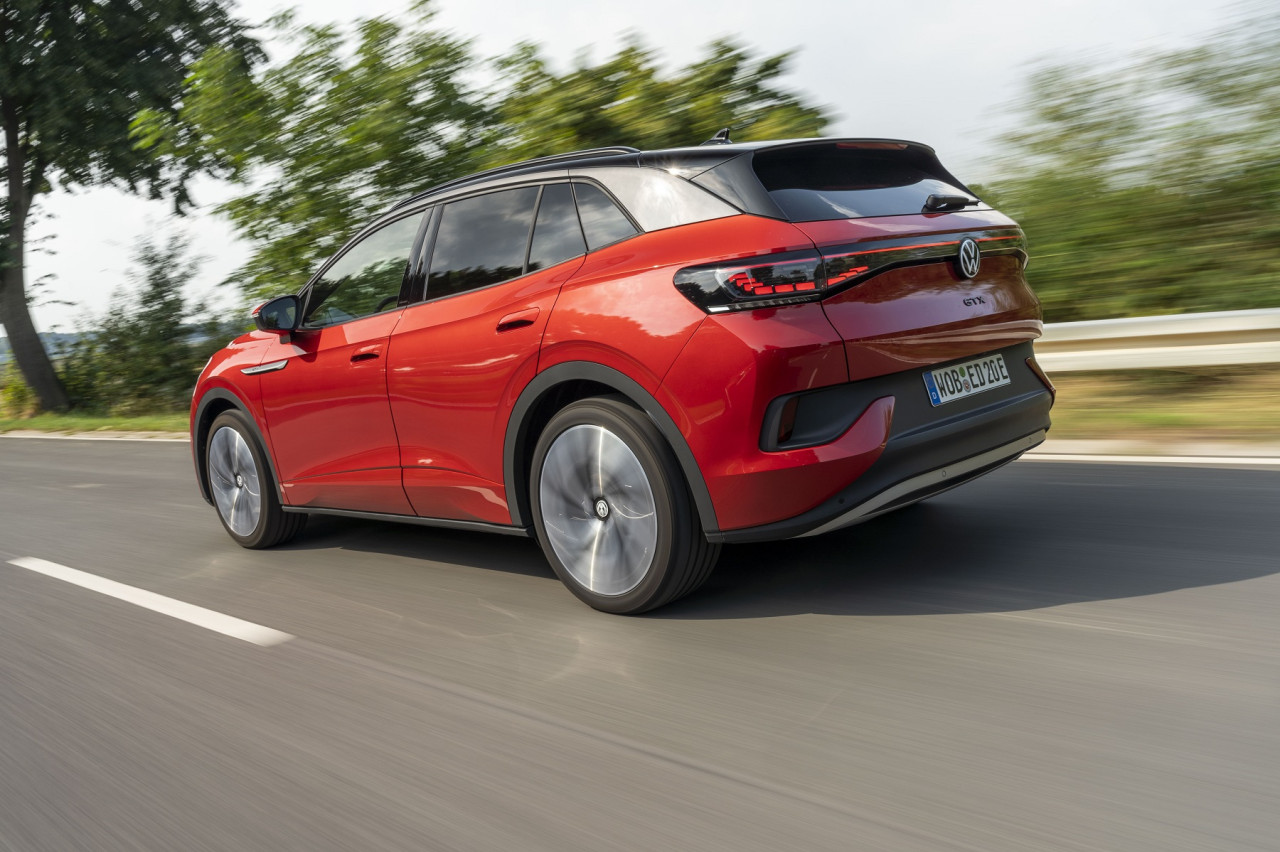
Volkswagen ID.4: from leading to average …
When the Volkswagen ID.4 appeared on Dutch roads at the end of 2020, the electric SUV was leading in its price range in terms of charging speed and battery capacity. Although a maximum charging capacity of 125 kW was not of Tesla level, you certainly did not have to camp next to the fast charging station.
For several months now, the Volkswagen ID.4 GTX has been serving as the sporty top model of the series: it has a battery pack with a net battery pack of 76.6 kWh, which supplies power to two electric motors. Together they produce a power of 299 hp and a maximum torque of 460 Nm. The performance of the ID.4 GTX is impressive: you can reach 100 km/h in 6.2 seconds.
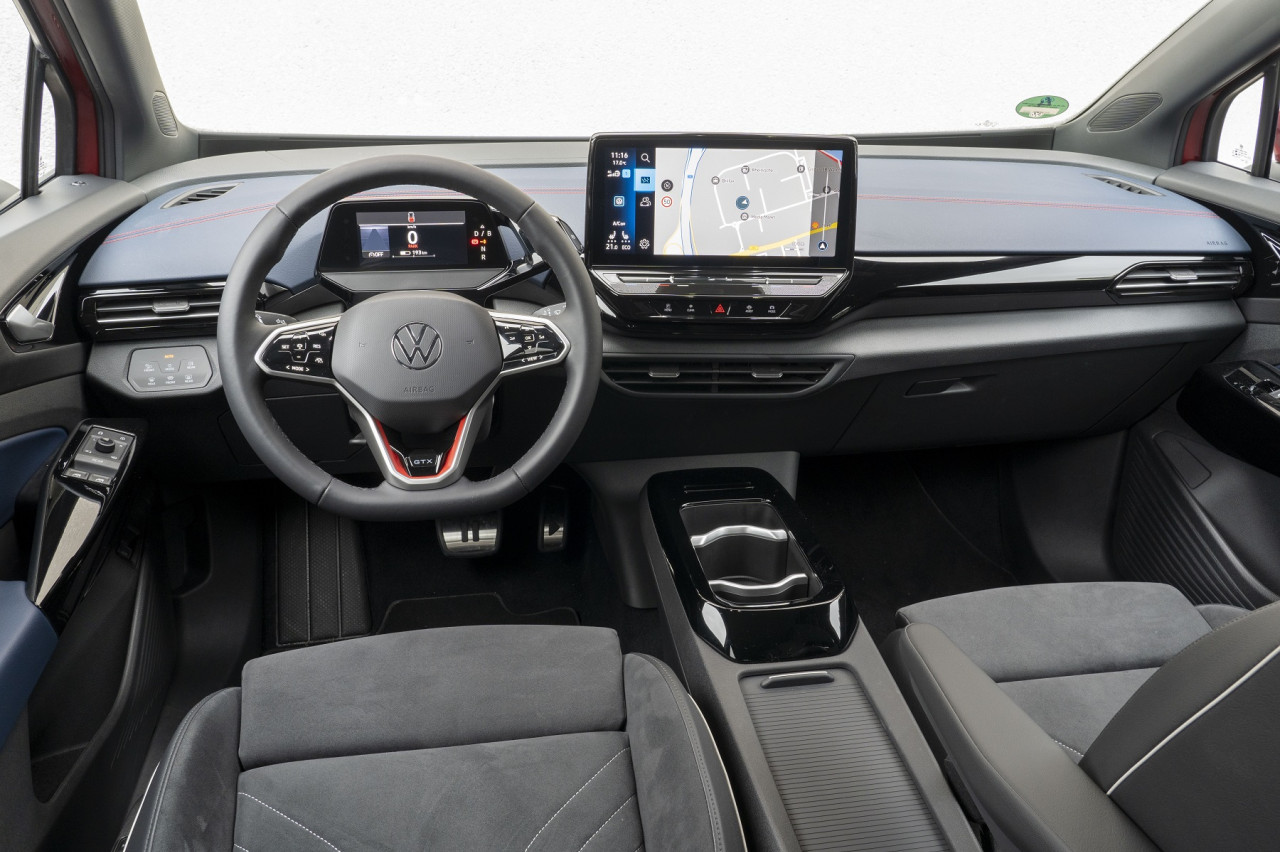
And the power consumption? With a test average of 21.7 kWh/100 km, that is not so bad. Of the range that Volkswagen promises (482 km), in practice about 350 kilometers remains. For most buyers, that is more than enough for daily use, but the Volkswagen ID.4 GTX can no longer be called leading.
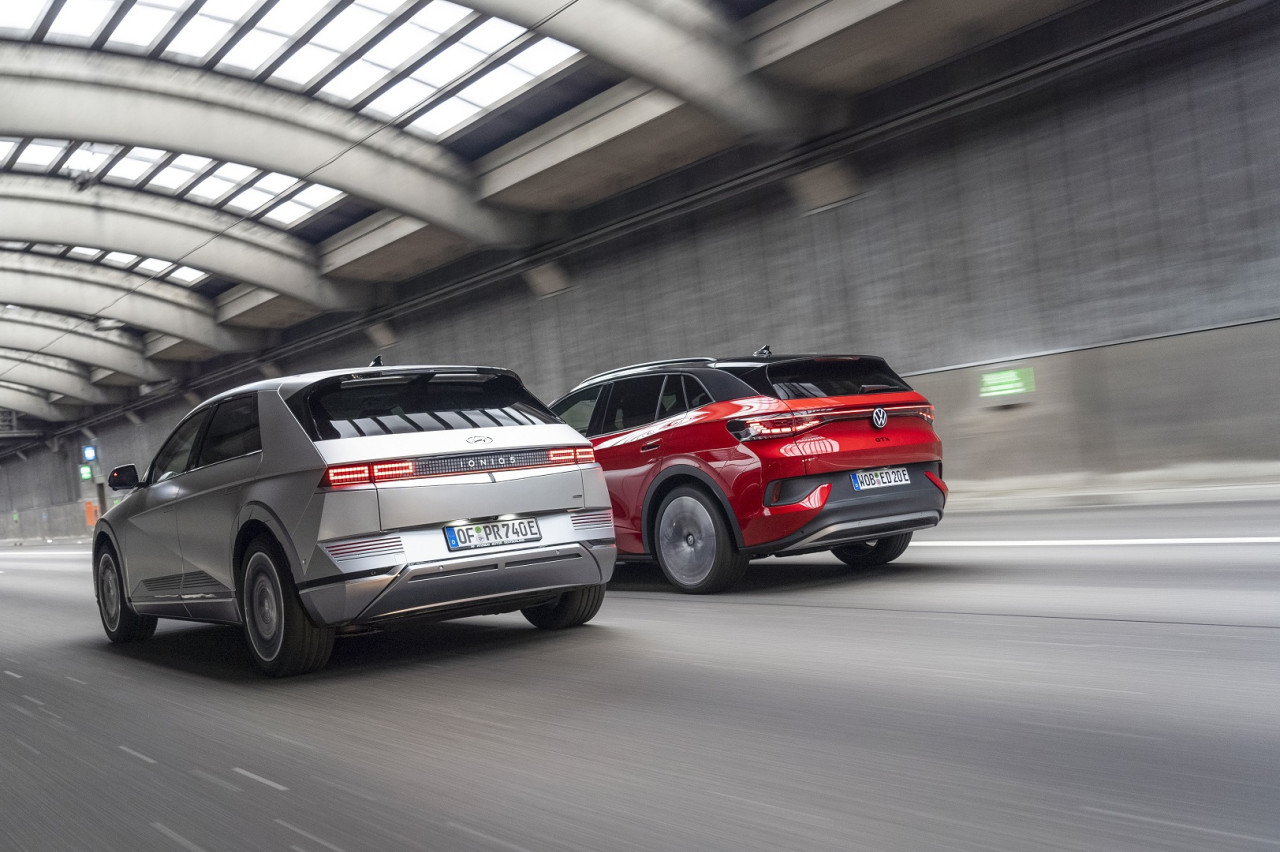
“The EV has developed in a short time as a clumsy teenager who has become a rocket expert.”
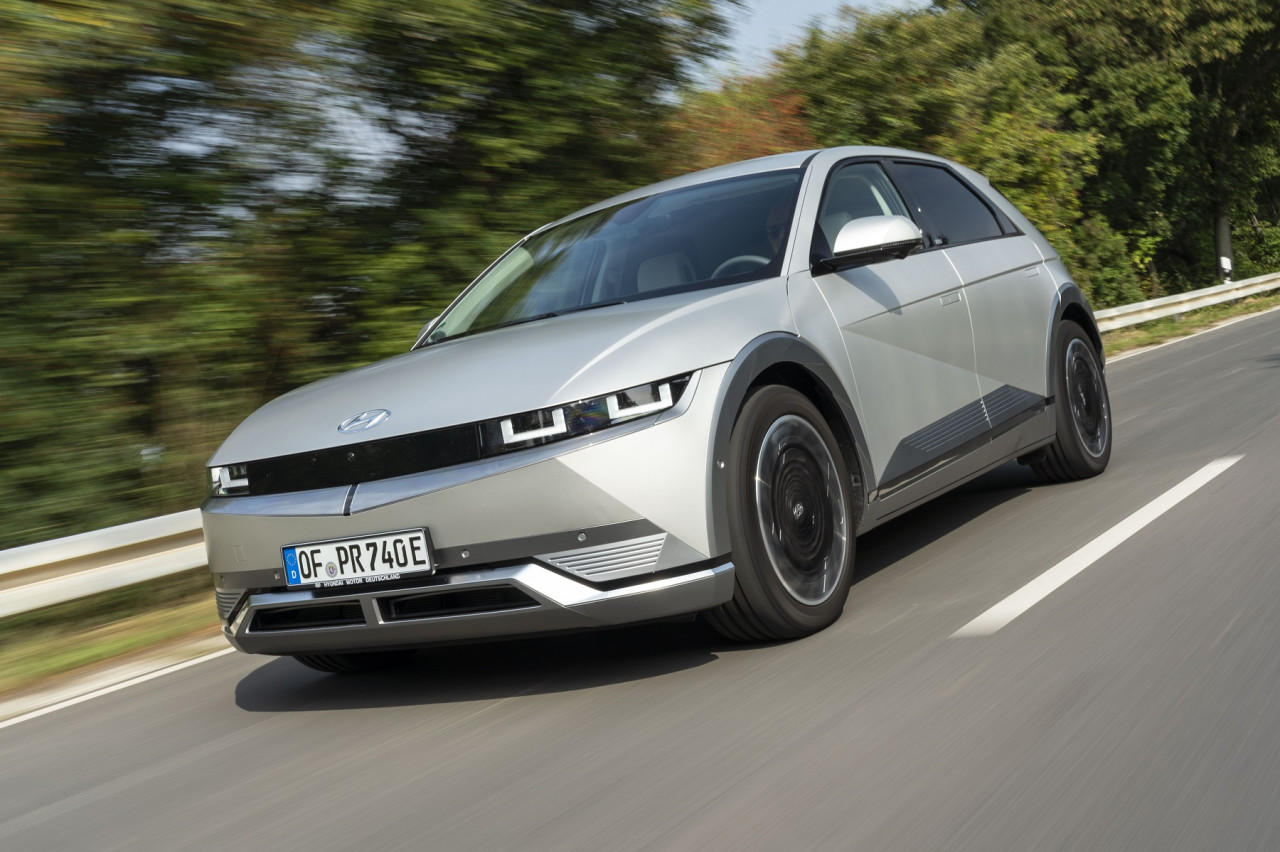
Hyundai Ioniq 5: Fast Charging Champion
Volkswagen was only able to take advantage of the quality level of the ID.4 for a short time: the Hyundai Ioniq 5 appeared on the market in the summer of 2021. A car on a similar ‘skateboard’ platform, with a comparable battery capacity, but a charging system that could handle a maximum power of no less than 220 kW! And managed to realize that in practice.
The top model of the Hyundai Ioniq 5 also has two electric motors, which jointly drive all four wheels. They develop an output of 305 hp and a torque of no less than 605 Nm – with which the electric SUV catapults to 100 km/h in just 5.2 seconds! And the Volkswagen ID.4 GTX shows its retro taillights.
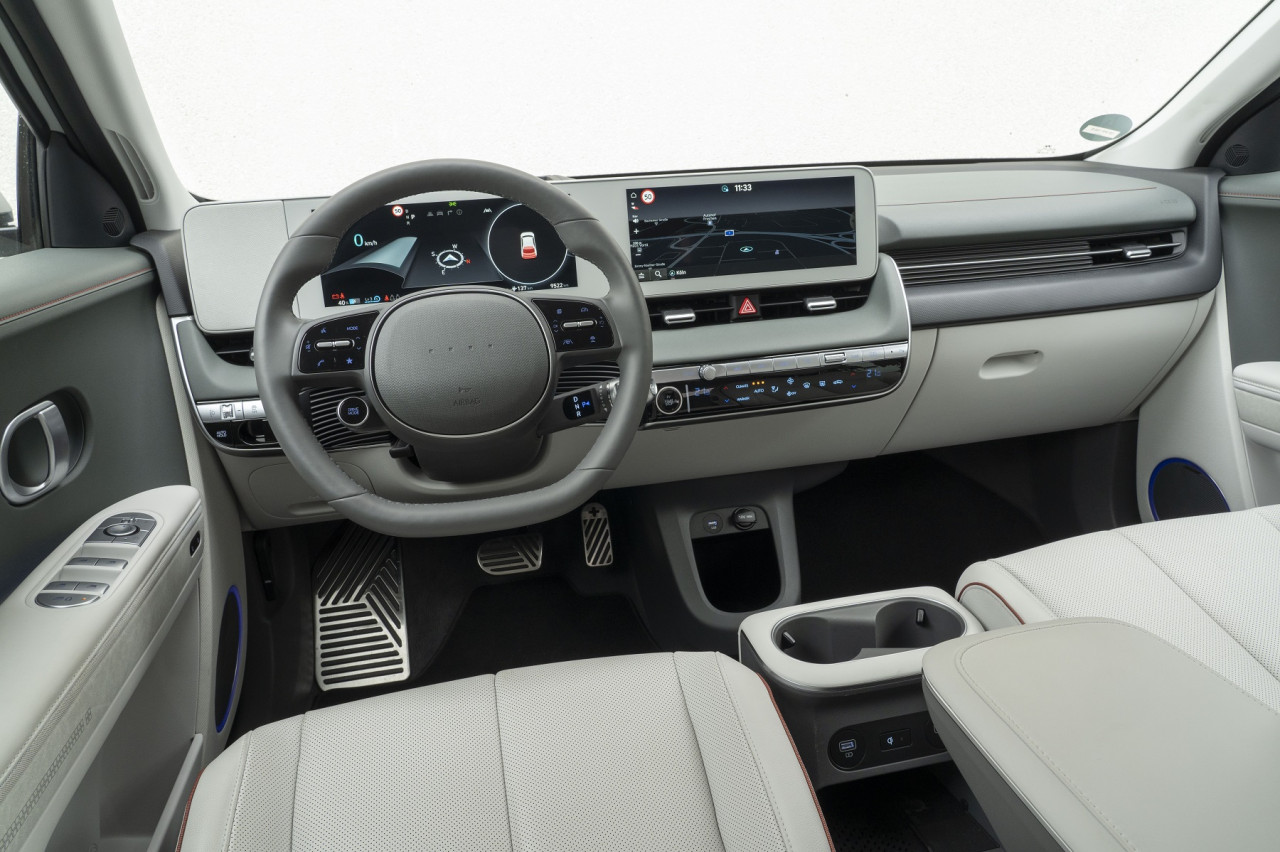
The Hyundai Ioniq 5 nevertheless settles for only 20.0 kWh/100 km, which in practice yields a range of 360 kilometers. So you will meet your ID.4 GTX driving neighbor again at the same fast charging station. As with the Volkswagen, that is quite different from the WLTP statement – Hyundai says the car can reach a distance of 430 kilometers on a full battery.
What you can make your neighbor jealous is the charging speed of your Hyundai Ioniq 5. After 18 minutes the battery is 80 percent full again, the Volkswagen only leaves 20 minutes later with a battery filled to 80 percent.
Conclusion
What a difference a year makes – Volkswagen was rightly proud of the ID.4 a year ago, but they will probably have gritted their teeth in Wolfsburg as the electric SUV was passed by the Hyundai Ioniq 5. The South Korean EV is not only much faster than the ID. 4 GTX, but is also more economical with the energy supply. But more importantly: fast charging is much faster with the Ioniq 5 than with the ID.4. If you still have objections to switching to an electric car, then they will all be wiped out by the Hyundai Ioniq 5.